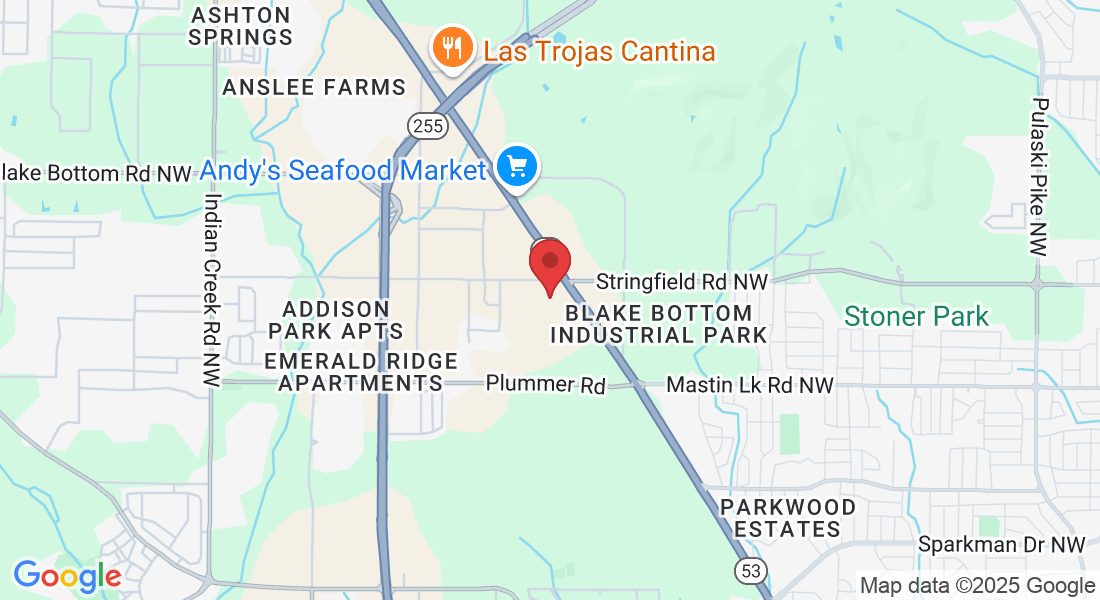
#1 For Wheel & Tire Upgrades in Huntsville, AL
Offroad & Performance Wheels & Tires For All Vehicles
5-Star Rated Team ⭐️⭐️⭐️⭐️⭐️
Professional, In-House Installation
Top Wheel & Tire Brands With 5-Star Service
Whether you're after off-road beadlocks, 20-inch wheels, or 35-inch tires, we’ve got a wide selection to fit your build. Our experienced team handles professional, in-house installation to ensure everything fits and performs perfectly. We also specialize in tires and rims for sports cars—whether it's for daily driving or hitting the track, we've got you covered.
Some Of The Brands We Carry Include...



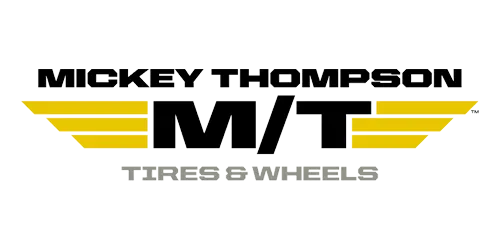

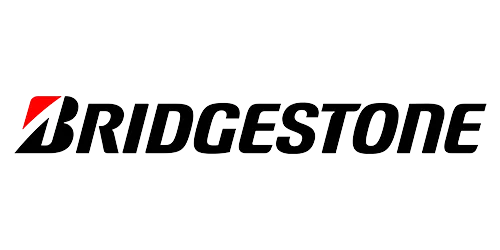

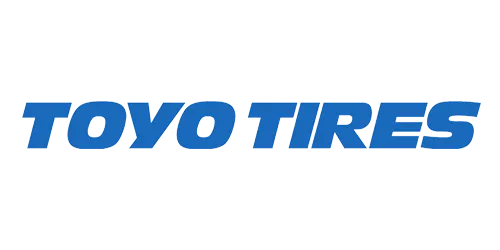


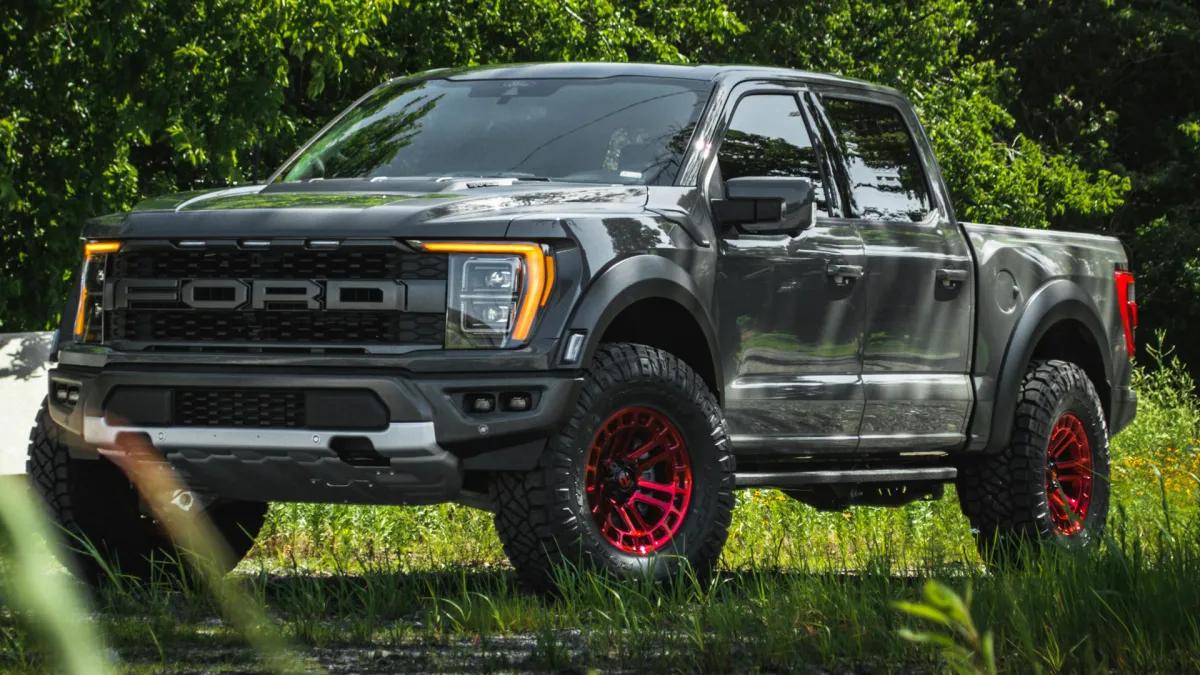
WHEELS
Upgrade your vehicle with wheels engineered for performance, durability, and style. Whether you're pushing through rugged trails or carving through winding roads, the right set of wheels makes all the difference. Our selection includes high-quality wheels designed specifically for off-road adventures—built to withstand harsh terrain, heavy impacts, and extreme conditions—while offering aggressive styling that complements lifted trucks and SUVs. With options in a variety of finishes, sizes, and bolt patterns, you can find the perfect match for your build.
For street and track performance, we also offer lightweight, precision-crafted wheels that enhance handling, reduce unsprung weight, and provide a sleek, motorsport-inspired look. These wheels are built to perform under pressure, offering both strength and responsiveness where it matters most. Whether you're upgrading for function, form, or both, our expertly curated inventory ensures your vehicle looks and performs at its peak.

TIRES
Get the traction and confidence you need with tires built for extreme off-road performance. Our off-road tire selection is designed to conquer mud, rocks, sand, and everything in between, offering aggressive tread patterns, reinforced sidewalls, and advanced rubber compounds that deliver durability and grip in the toughest environments. Whether you’re overlanding, rock crawling, or just want a rugged look and feel for your daily driver, our off-road tires are ready for any challenge the trail throws at you.
For high-speed handling and precision, our street and track performance tires deliver the grip, responsiveness, and stability that enthusiasts demand. Engineered with advanced tread designs and sticky rubber compounds, these tires offer enhanced cornering, shorter braking distances, and improved acceleration on dry or wet pavement. From spirited daily driving to weekend track days, our performance tires are built to maximize your vehicle’s potential while providing the control and confidence you need behind the wheel.
Frequently Asked Questions
Can different sized tires fit on the same wheel?
Within reason, a single tire size can fit on a variety of rim widths. Tires have flexible sidewalls, making the width of the wheel the influencing factor in determining the width of the tire. A tire mounted on a wide rim would be “wider” than the same tire mounted on a narrow rim.
How are wheel sizes measured?
Wheel sizes are generally measured as DIAMETER (in inches) X WIDTH (in inches) +/- OFFSET (in millimeters). So, a wheel listed as 17 X 8.5 + 35 are 17 inches in diameter, 8.5 inches wide and have a +35 positive offset.
How are tire sizes measured?
Road tires and tires made specifically for off-roading may have different measurements.
Road tire codes will generally look like this example: 225/70/R14. Breaking this number down, the first number in the code (“225”) represents the nominal tire WIDTH in millimeters. The next number (“70”) is the HEIGHT of the sidewall shown as the aspect ratio/percentage of the nominal tire width. “R” represents the RADIAL tire construction and (“14”) is the WHEEL DIAMETER measured in inches. The overall circumference of the tire can change by changing any of the tire’s specifications. For example, increasing its width will also increase its circumference because the sidewall height is a proportional length. Similarly, increasing the aspect ratio will increase its height with a simultaneous increase to circumference. NOTE: Most passenger road tires are manufactured in the standard ply/load range (the amount of load the tire is designed to carry at the industry specified pressure) and will have nothing branded on the sidewalls or may be branded SL (Standard Load). Passenger road tires may also be branded XL (Extra Load) or LL (Light Load) in various circumstances and uses.
Off-roading, light truck and some other tires may contain a secondary size and look like this example: 35 /13.50/R16 or 35/1350R16/E. Breaking this number down, the first number (“35”) indicates the tire’s DIAMETER in inches. The second set of numbers (“13.50” or “1350”, expressed with or without the decimal) is the tire WIDTH measured in inches. The “R” represents the RADIAL tire construction. The WHEEL DIAMETER is the last number (“16”), with the “E” representing the ply/load range of the tire relative to its construction (how much load the tire is designed to carry at the pressure specified by industry standards). “C” indicates a 6-ply load carrying capacity, “D” is an 8-ply, “E” is a 10-ply rating and “F” is a 12-ply rating. If there is no letter, the tire has a standard 4-ply “B” rating.
What is wheel offset?
Wheel measurements are expressed as DIAMETER (in inches) X WIDTH (in inches), plus the allowable positive or negative (+/-) OFFSET. The offset is clearly the tricky part! Offset is the distance in millimeters plus (+) or minus (–) from the hub (where the wheel is bolted to the vehicle) to the true center of the wheel. Let’s use this example: 22 X 12 -51. (“22”) is the DIAMETER, (“12”) is the WIDTH and (“-51) is the offset.
This example uses a negative offset, meaning that the mounting surface of the wheel is closer to the inside (brake area) of the wheel. A lot of custom truck wheels come in significant negative offsets, meaning that the wheels will “poke” outside of the fenders for an aggressive stance. The more negative the offset, the more the tires and wheels will “push” out.
Conversely, a positive offset would be where the mounting surface of the wheel is closer to the outside (fender area) of the wheel, which would push the wheels inward, thus “pulling” the tires and wheels into the fender well opening.
If I change my tire or wheel size, will there be an impact on my vehicle's speedometer?
A vehicle’s speedometer gives the driver an accurate estimation of the vehicle’s speed. Stock vehicles are calibrated for use with the stock parts that came with the vehicle, so if you change the size of the tires and wheels, your speedometer calibration can be thrown off. Larger tires cause the speedometer to read SLOWER than the vehicle’s actual speed, while smaller tires cause the speedometer to read FASTER. In many cases, Hellnback can recalibrate your speedometer in a few simple steps.
Our Most Recent Work
About Us
At HellnBack Offroad and Performance, we specialize in taking your vehicle to the next level—whether you're tearing up the trails or dominating the track. From rugged off-road builds and suspension upgrades to high-performance tuning and custom sports car modifications, we do it all under one roof. Our expert team is passionate about performance and precision, delivering top-tier craftsmanship and industry-leading parts. Come visit us for all your upgrade and performance needs—let’s build something extraordinary.

